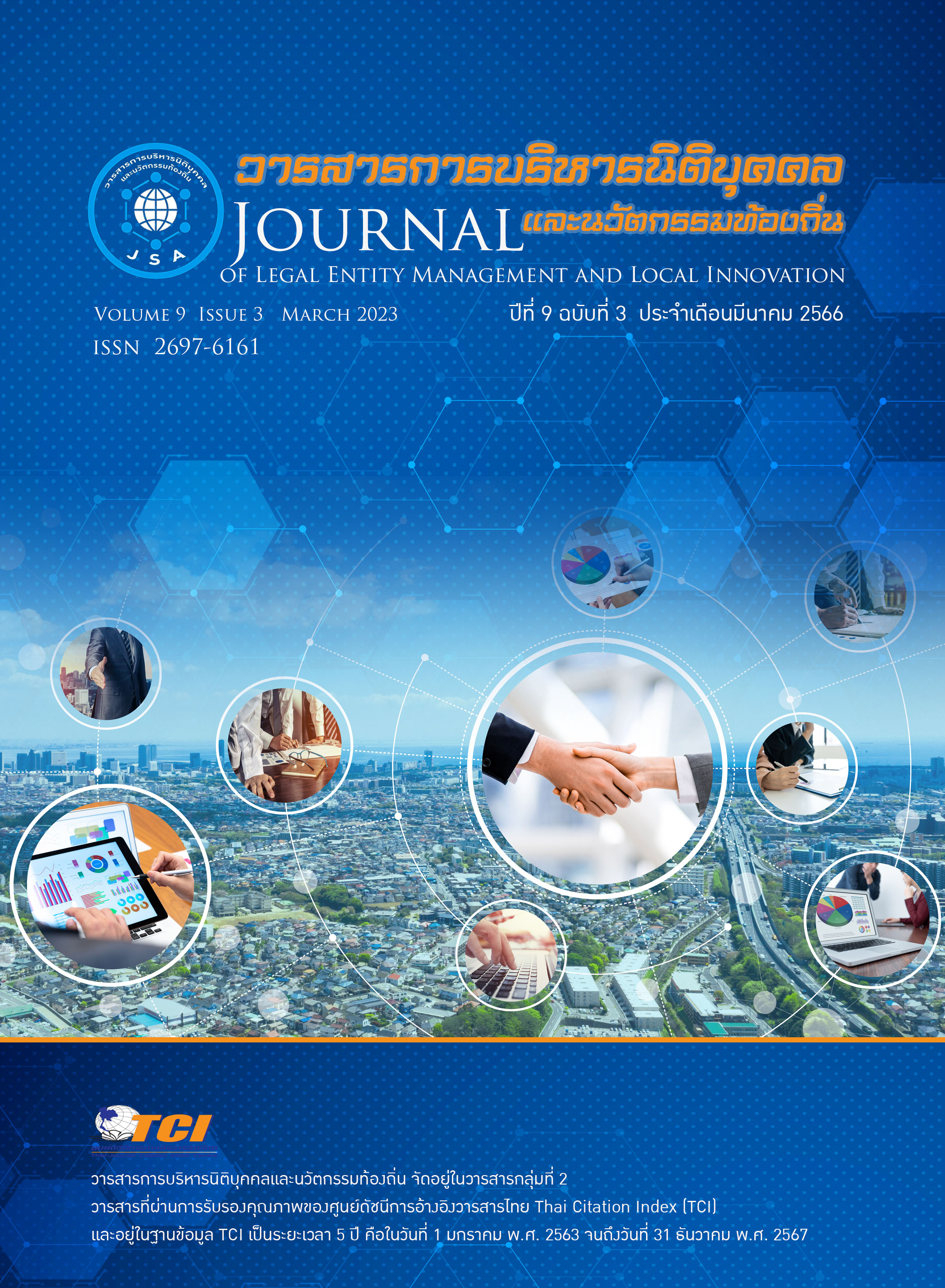The Architectural Style of Religious sites in the Khmer Civilization in Khon Kaen Province, to create an Application to Promote Cultural Tourism
Keywords:
A presumptive model, style, religious sites architecture, Khmer civilizationAbstract
This article aims to study the architectural style of religious sites in the Khmer civilization in Khon Kaen Province, to create an application to promote cultural tourism, by using a qualitative research method. The research instruments consisted of surveys, interviews and group discussions, by collecting data from documents and field, from knowledgeable, practitioners, related to the architectural style of Religious Sites in the Khmer civilization in Khon Kaen Province, which consists of Puey Noi Castle, Kukaew and Ku Praphachai, were analyzed based on the concepts of virtual reality modeling and cultural diffusion theory and presented by descriptive analysis methods. The results of the study found that the architectural style of Puey Noi Castle. There is an architectural style built during the 16-17 Buddhist century, which corresponds to the era of the Baphun art style to the Angkor Wat art style. Ku Kaew and Ku Praphachai are Aorokaya Court built during the reign of Jayavarman VII, which corresponds to the 18th Buddhist century. The main architectural style of the Orokaya Court is a plan that is clear and standard. It is a construction that is influenced by the central area, for example, there is a plan and placement of all 5 architectural elements in the same position if they differ only in size and other details, which include Main Castle, Bannalai. This architectural style can be compared with glass walls, gopura, ponds, architectural style with Arokaya Court in the northeastern region. Therefore, such Religious Sites are essential to creating applications that visualize the complete religious sites of the past. In a virtual simulation model, it was found that: The work of creating applications creates a body of knowledge to find style and content of architecture religious sites, in the Khmer civilization in Khon Kaen province. By creating a virtual reality model, it promotes cultural tourism. Tourists and visitors to the ancient site have a better understanding of the ancient site and help bring this abandoned ancient site back to life.


